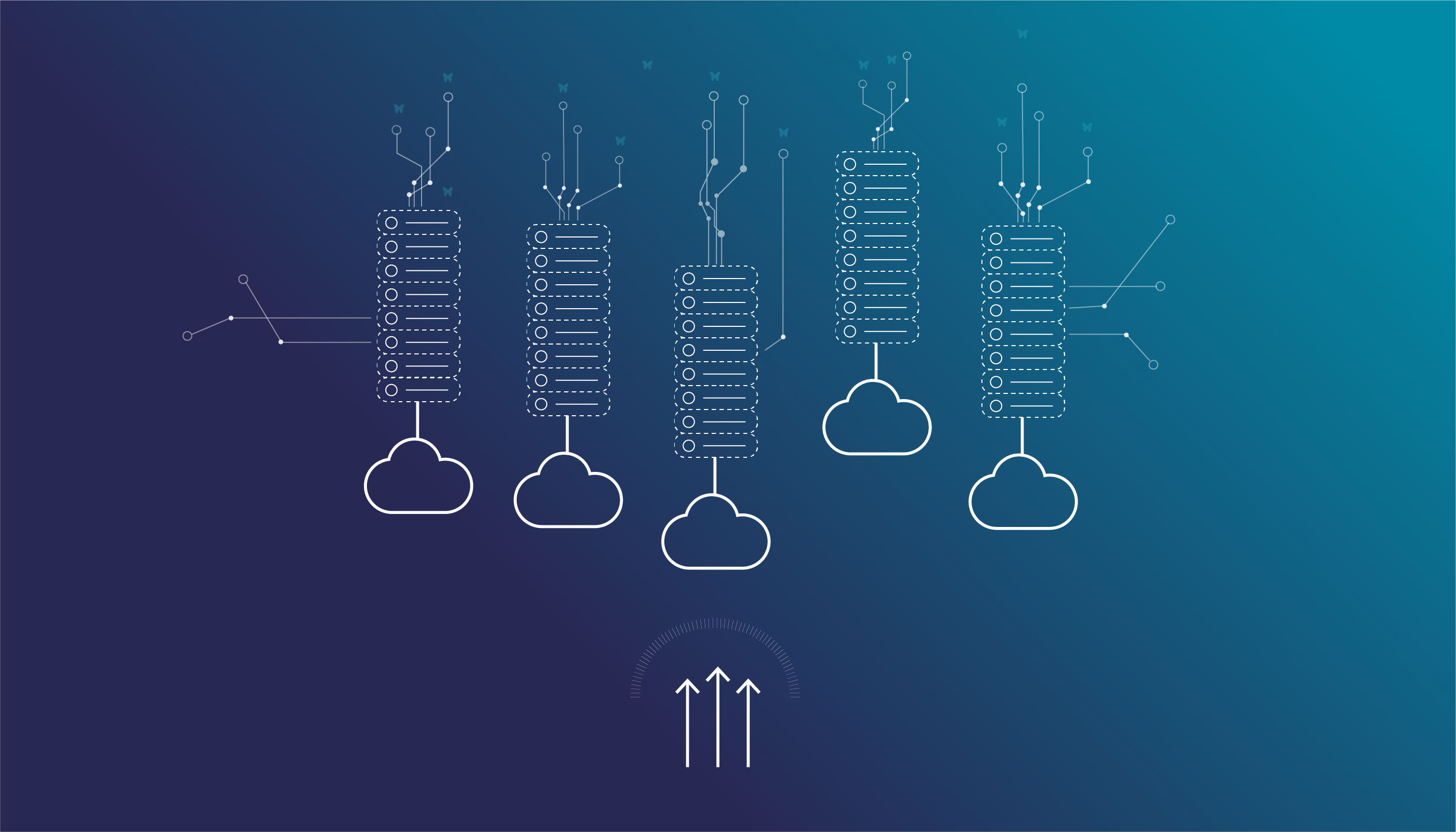SERVERLESS ARCHITECTURE – The Next Big Thing in the Cloud Industry
So, let’s start by understanding what serverless architecture is?
Originally, serverless architecture meant, the applications which depend on the services of the cloud given by third-parties. They used to manage the server state and logic. Besides, a parallel term – Mobile backend as a service (MBaaS) came into focus. MBaaS is a model of cloud computing, which facilitates developers in using the range of available databases and authentication services.
But today, serverless architecture has got a new meaning. It means having stateless calculating containers and event-driven functions. Many service providers are in providing Functions-as-a-Service ( FaaS).
With the help of FaaS, the developers can implement the code in response to different events without having to create and manage the infrastructure. So the term ‘serverless’ doesn’t actually mean that there are no servers involved. We, of course, need them for the codes to function. Being serverless implies that there is no compulsion on businesses to rent, provision, or purchase a server/VM for developing any application.
The Structure of a serverless architecture
Serverless architecture has a web server, client application, FaaS layer, Security Token Service (STS), user authentication facility, and a database.
- Web Server – A sturdy and manageable web server is essential. All of the necessary static files for your application like HTML, CSS, and JS can be handled via the server.
- Client Application – The UI of an application renders better on the client side in Javascript which enables to use of a simple, static web server.
- FaaS layer– It is a fundamental part of the serverless architecture. There will be functions for every event, like logging in or registering in the application. These functions can read and write from the database and give JSON responses.
- Security Token Service (STS) – It will produce temporary keys (secret key and API key) for the end users. Such temporary credentials which the client applications use summon the functions.
- User Authentication Facility – With such user authentication functions, you can easily enter into your web and mobile apps by signing up and signing in. The options you get to register or sign in via other social platforms like Google, Facebook, or Twitter are the examples of user authentication functions.
- Database – The database needs to provide fully managed assistance. After all, the fetching and pushing of data require a robust database which can perform in less time.
Microservices to FaaS
Traditional server code and serverless code with FaaS can work together as microservices. The unified applications are split into smaller chunks of separate services which helps in developing, scaling, and managing them autonomously. So, in FaaS you find a step ahead as it breaks down the application in the various levels of event-driven functions.
Although, there still lies a choice of using both FaaS and microservices. A web application can partly have both. The end user bothers least about how your application is made; the only condition is, it should behave and execute fastly and adequately; this is achievable by using FaaS and microservices together as well.
Thinking ahead of Containers and PaaS
FaaS, i.e., serverless architecture or serverless computing removes many deficiencies of PaaS like, differences between operations and development or issues of scaling.
By using FaaS, scaling the application becomes totally clear. Even if the PaaS application has been set to auto-scale, you can’t change as per different requests. For that, you must know which traffic trend is on. Therefore, a FaaS application proves cost-efficient.
The FaaS model executes functions within a millisecond for handling unique requests while the PaaS model works the opposite. A thread continues running for a much longer time handling multiple requests. Therefore, this difference impacts the pricing factor and causes visible changes.
Further, serverless computing or serverless architecture can change the face of containerization. The containers can’t scale automatically like a PaaS model. Kubernetes uses smart traffic analysis and metrics of load-implication with Horizontal Pod Auto-Scaling. In the future, it may cause them to scale automatically.
- Have You Chosen the Right Cloud Service for Migration? - December 6, 2019
- IoT Touching Your Life - November 12, 2019
- Transform and Automate Your Logistics with RPA - November 5, 2019
